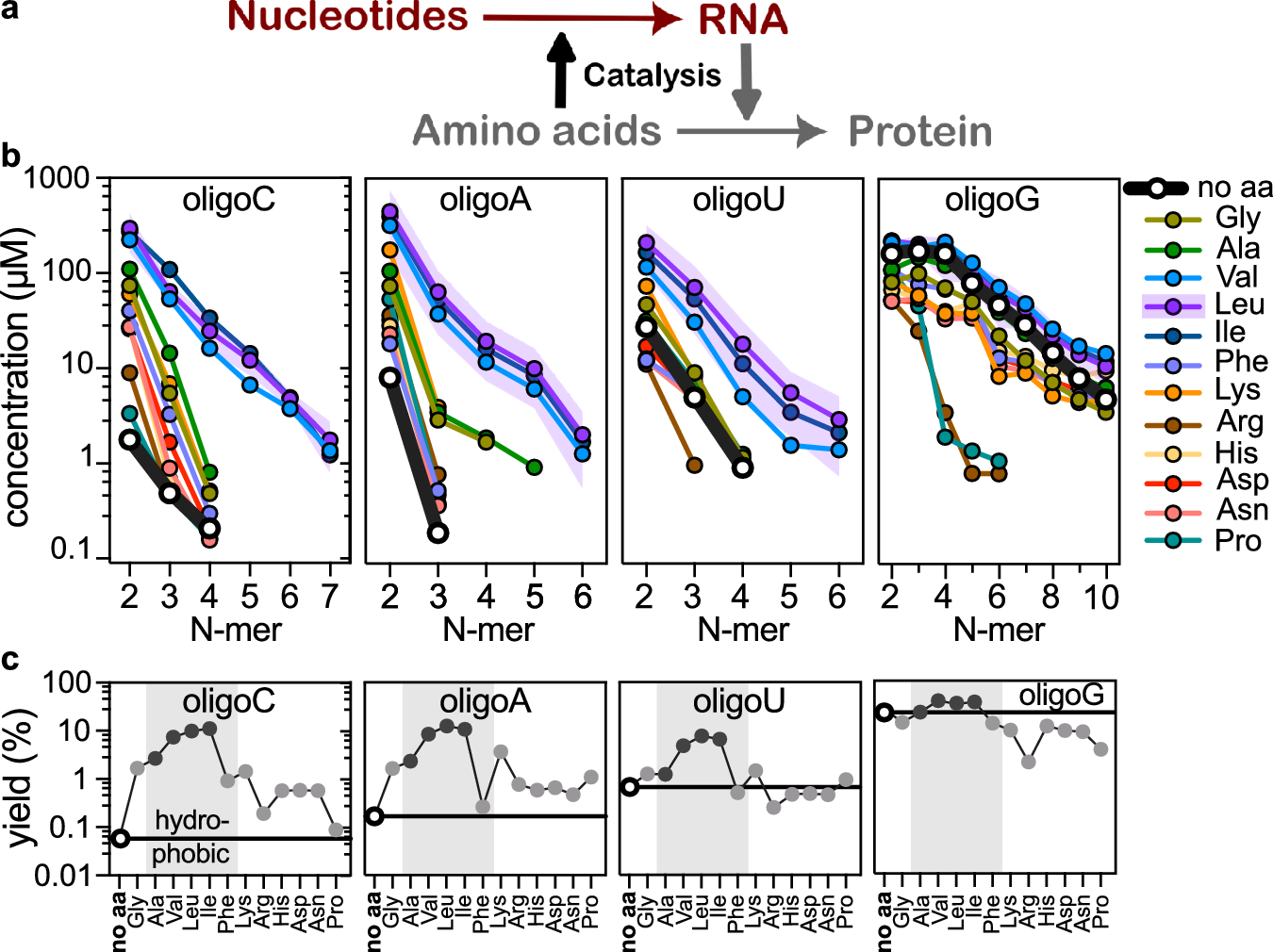2025-06-06 スウォンジー大学
![]()
Oceanic whitetip shark swimming with a school of pilot fish in the deep blue ocean waters: Daniel Torobekov (Pexels)
<関連情報>
- https://www.swansea.ac.uk/press-office/news-events/news/2025/06/tracking-the-oceans-giant-species–swansea-data-used-in-global-research-to-identify-key-areas-for-conservation-efforts.php
- https://www.science.org/doi/10.1126/science.adl0239
海洋巨大生物の空間利用を世界規模で追跡し、保全目標の達成方法を明らかにする Global tracking of marine megafauna space use reveals how to achieve conservation targets
Ana M. M. Sequeira, Jorge P. Rodríguez, Sarah A. Marley, Hannah J. Calich, […] , and Víctor M. Eguíluz
Science Published:5 Jun 2025
DOI:https://doi.org/10.1126/science.adl0239
Editor’s summary
Many large marine animals are threatened with extinction. To address this problem, the Kunming-Montreal Global Biodiversity Framework has set a goal of protecting, conserving, and managing at least 30% of the world’s oceans. However, the effectiveness of area-based conservation may be limited for highly mobile marine species, especially when there is limited understanding of the spatial and temporal dynamics of animal movement in the oceans. Sequeira et al. compiled tracking data from thousands of large marine vertebrates representing more than 100 species and identified important migratory corridors and areas where many species reside (see the Perspective by Gerber and Davis). Their findings show hotspots of movement and reveal that 30% protection will be inadequate for effective conservation, particularly considering the distribution of threats to biodiversity. —Bianca Lopez
Abstract
The recent Kunming-Montreal Global Biodiversity Framework (GBF) sets ambitious goals but no clear pathway for how zero loss of important biodiversity areas and halting human-induced extinction of threatened species will be achieved. We assembled a multi-taxa tracking dataset (11 million geopositions from 15,845 tracked individuals across 121 species) to provide a global assessment of space use of highly mobile marine megafauna, showing that 63% of the area that they cover is used 80% of the time as important migratory corridors or residence areas. The GBF 30% threshold (Target 3) will be insufficient for marine megafauna’s effective conservation, leaving important areas exposed to major anthropogenic threats. Coupling area protection with mitigation strategies (e.g., fishing regulation, wildlife-traffic separation) will be essential to reach international goals and conserve biodiversity.



